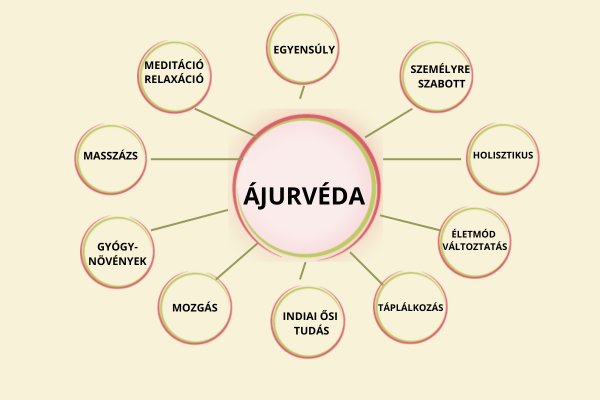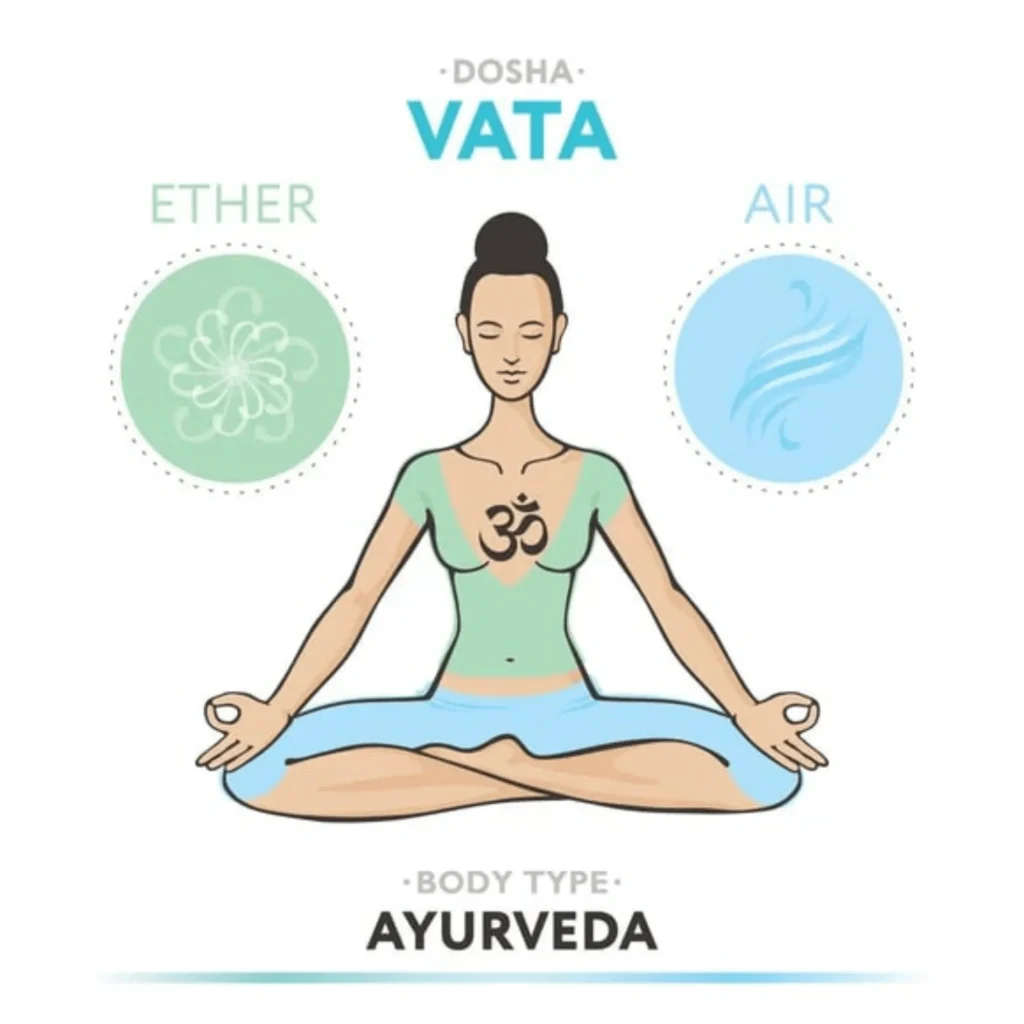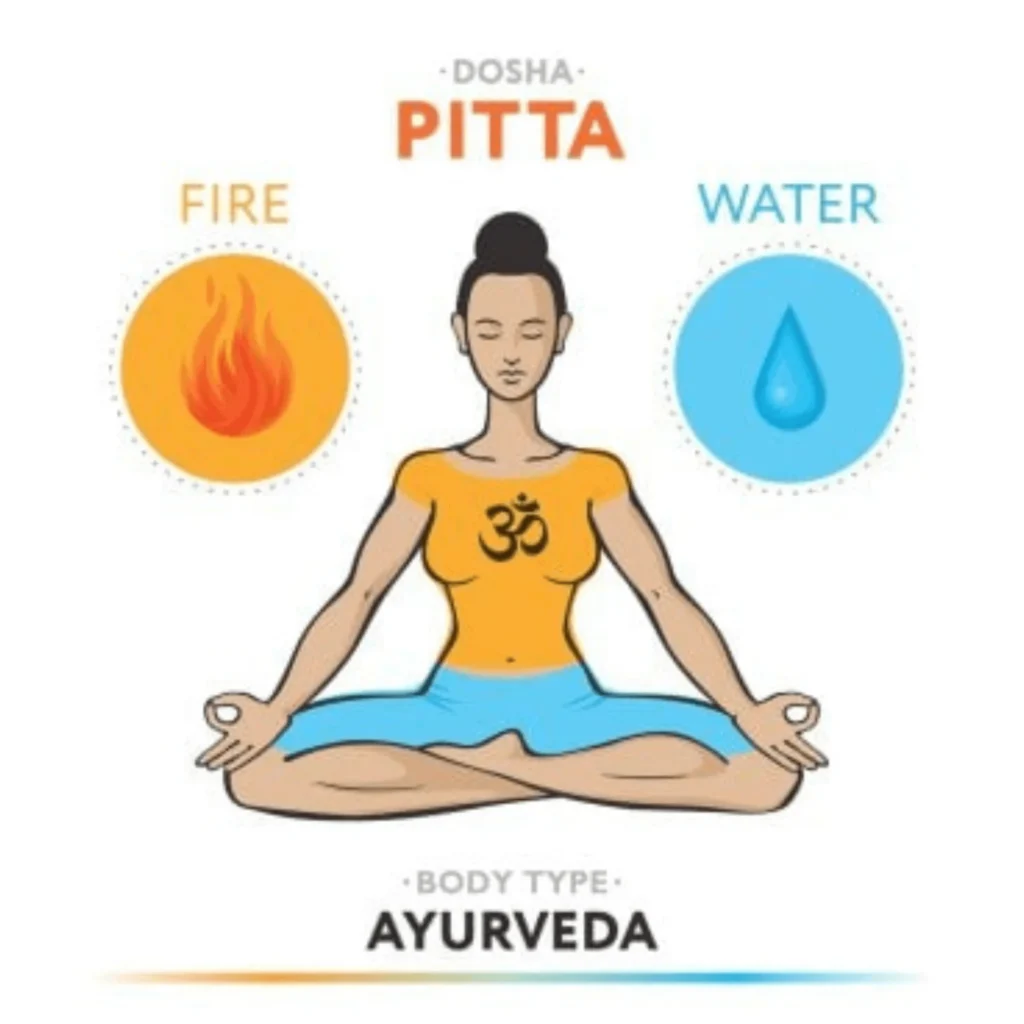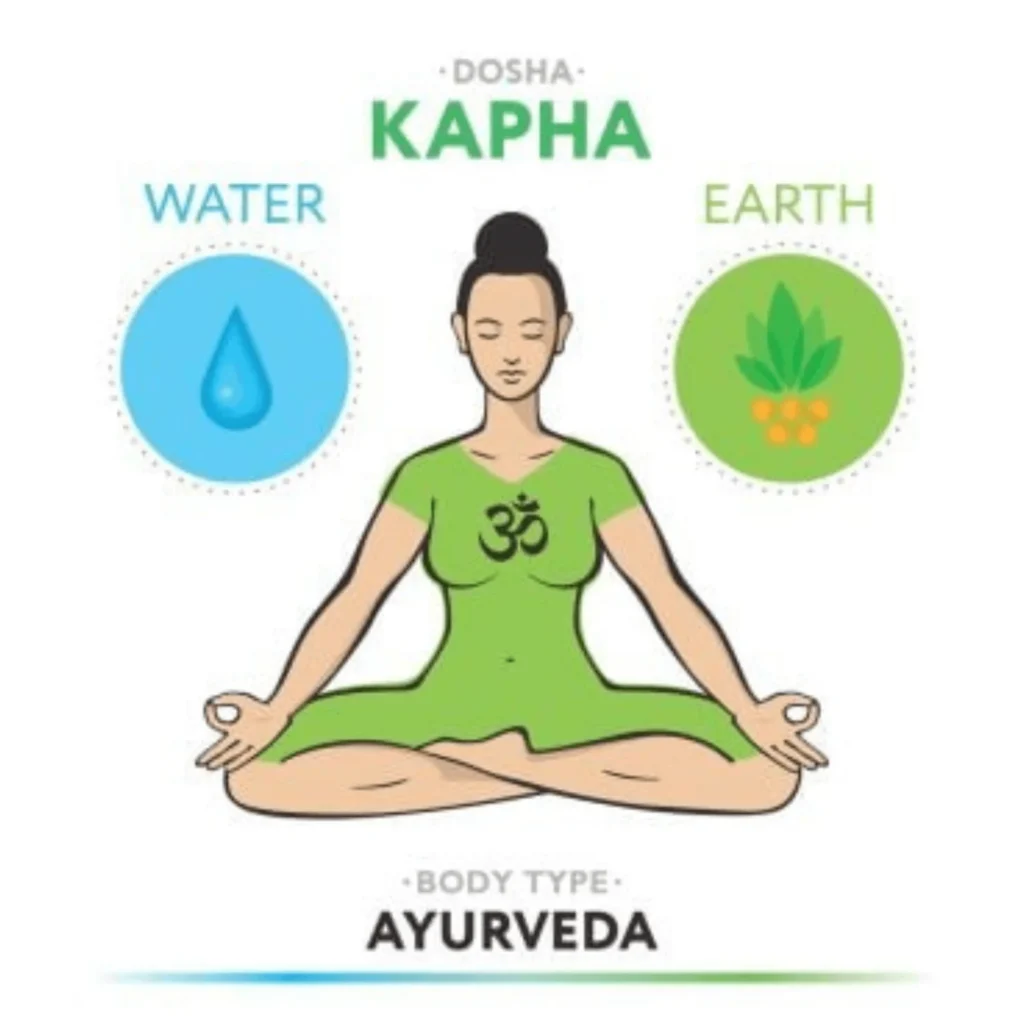What is Ayurveda?
The word "Ayurveda" is a Sanskrit term derived from two words "ayu" - life and "veda" - knowledge or science. Thus, Ayurveda means the knowledge or the science of life.According to ancient Ayurvedic scholar Charaka, Ayu comprises of mind, body and soul.
Ayurveda can be defined as a systemthat uses the inherent principles of nature to maintain health in a person by keeping the individual's body, mind, and soul in perfect equilibrium with nature.
It was born in the pristine land of India some 5000 years ago. the science of life and longevity, is the oldest healthcare system in the world, which combines the profound thoughts of herbs and philosophy.Ayurveda has stood for the wholesome physical, mental and spiritual growth of humanity around the world.
Ayurveda can be defined as a system which uses the inherent principles of nature to maintain health in a person by keeping the individuals body, mind and soul in perfect equilibrium with nature..
India possesses an unbroken tradition of Ayurveda that has surpassed many invasions and intrusions of both foreign and native. For hundreds of years, the Ayurveda Vaidyas (traditional practitioners of Ayurveda) offered almost the only opportunities for people seeking healing from any kind of disease in India.

The aim of Ayurveda:
- To protect health
- and prolong life, to cure the diseases and maintain
- the balance of body functions.
Universe is made up of five elements: air, fire, water, earth and space. These elements are represented in humans by three Doshas or energies: Vata, Pitta and Kapha.When any of the Doshas accumulates in the body above the desired level, the body loses its balance. Every individual has distinct balance. Our health and well-being depend on having the right balance of three doshas.
Swami Ayurveda suggests specific lifestyle and nutritional guidelines to help individuals to maintain balance between the Doshas.
Ayurveda is a system of treatment that helps you to age gracefully while being the epitome of good mental and physical health.
Five basic elements of material existence (Panchabhootas)
According to Ayurveda, all materials in this world are made up of five basic elements. They are:
1 - Space: provides space for the material
2 - Air: provides shape and movement
3 - Fire: provides energy
4 - Water: provides cohesion, keeps different particles of matter together
5 - Earth: provides mass to the material
This is applicable to any matter in this universe from an atom, or even its constituents. The matter has its own qualities and actions and consists of five elements. The difference in relative concentration of these elements results in the formation of different materials. Ayurveda uses all the materials that can be used for treatments based on this theory.



Three basic functional particles of body (Tridoshas)
In a living body the five basic elements form different complex body constituents to maintain the complex functions. According to Ayurveda, the three Doshas,These Vata, Pitta and Kapha.
The Vata is formed mainly from space and air. It is the force that brings transformations in our body.It is mainly involved in nerve impulses, circulation, and movement of muscles and joints.
The Pitta comes from fire and water. This is the power that brings transformations in our bodyHormones are abundant in pitta. Digestion of food, vision, cognitive processing, etc. are functions of pitta.
The Kapha originates from water and earth; it provides lubrication and maintains the body..
BODY TYPES
1 - VATA BODY TYPE: Vata types are exceptionally creative, communicative and brimming with ideas. They are easily enthused, but run the risk of spreading themselves too thin and being distracted by something new and supposedly better after just a short time. They are good at grasping things quickly, but they tend to forget them after a while. Their willpower is less developed.
Among others, people with a Vata constitution have a delicate bone structure and low weightThey tend to have dry, rough skin. They are physically very active. Appetite and digestion are changeable. Vata types love sweet, sour and salty foods. They often suffer from cold hands and feet.
2 - PITTA BODY TYPE: Fiery Pitta types are characterised by their quick thinking, high intelligence and ambition. They are born leaders, simply buzzing with energy and strength, furthermore perfectionist tendencies. Their drive is called passion. Their objective: to win.
Pitta-dominated characters love challenges in their profession or in sport.
They have an athletic build, and their aura is – very aptly – fiery. Their hands and feet are never cold, either in winter. Pitta types love sweet things just as much as bitter, and they love cold drinks.
3 – KAPHA BODY TYPE: People who are characterised by Kapha energy, operate in a way that is carefully considered and thorough. They can sometimes come across as rather slow and ponderous, but they have exceptional endurance and strength. Once a Kapha type has a new objective in view, this will be pursued patiently and tenaciously until a successful outcome is achieved. Eating is their great passion: as a consequence, Kapha people have a life-long tendency to carry excess weight. Kapha personalities value inner tranquillity, peace and harmony above all else. They also appreciate the little things in life and are easily pleased, with a love of things that are tried and tested. tend to be overweight throughout their livesKapha personalities value inner tranquillity, peace and harmony above all else. They also appreciate the little things in life and are easily pleased, with a love of things that are tried and tested.
If you are looking to achieve and maintain proper balance of your own unique combination of Doshas, you first need to understand the qualities of the three Doshas and how they vary with the cycles of Nature. You also need to have a reasonable idea of your own Prakriti (constitution or essential nature) and Vikriti (imbalances). In general, treatment of digestive disturbances and Ama take precedence over Dosha balance, even though they are often inter-related. Furthermore, you will do well to assess your own current habits against the general Ayurvedic guidelines. Good basic health habits are the platform for fine-tuning based on individual differences.
Keep in mind, the basic concept that “like increases like” and the balance is achieved by bring opposing qualities to bear. For example, if you are too heavy, you should favor lighter foods in your diet.
In the initial stage of imbalance, our spontaneous desires usually push us in the right direction to restore balance. When imbalance progresses, however, we can crave the things that make us worse.
Any Dosha that gets out of balance can disturb the functions of the other Doshas. Because Kapha is inherently stable, it is uncommon to find it as the source of trouble. When Kapha does get out of balance on its own, it will typically present as disturbed digestion and Ama. Vata causes four times as many diseases as Kapha and twice as many as Pitta. I frequently see clients with mixed Vata and Pitta imbalance. Alcohol, caffeine, and late bedtime are common contributory factors. Beyond that, if you have signs of imbalance in more than one Dosha, you will likely find it helpful to have a consultation to sort out what is primary.
